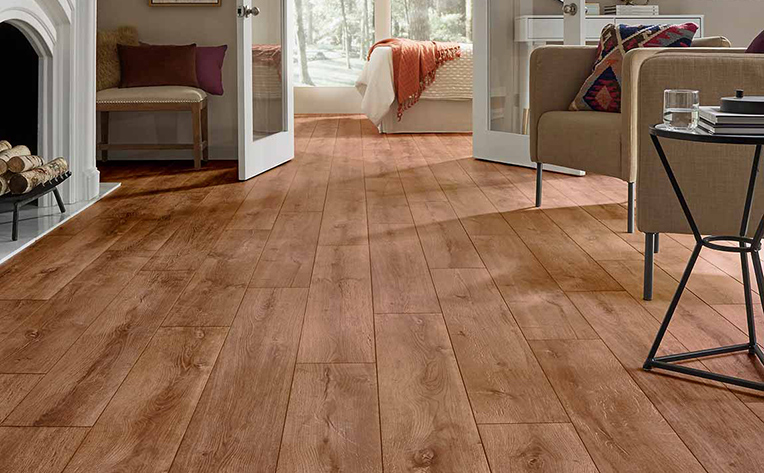
Choosing the right floor texture is paramount when designing or renovating your home. The feel underfoot, the visual impact, and even the durability of your floors are all significantly influenced by texture. Many homeowners underestimate the importance of texture, focusing solely on color and style. However, the right texture can enhance the overall aesthetic, improve safety, and boost the longevity of your flooring. This thorough guide will explore various floor textures, their pros and cons, and help you determine the ideal choice for each room in your house. We’ll cover everything from the smooth elegance of polished concrete to the comforting warmth of plush carpeting, guiding you through the decision-making process step-by-step.
Understanding varied Floor Textures
Choosing the right floor texture involves considering several factors. The texture of your flooring significantly impacts the overall feel and functionality of your space. From the subtle variations in wood grain to the deep pile of a luxurious carpet, the tactile experience of walking on your floors can greatly enhance the comfort and ambiance of your home.
Smooth Textures
Smooth textures, such as polished hardwood, tile, or polished concrete, offer a sleek and modern aesthetic. They’re relatively easy to clean and maintain, making them popular choices for high-traffic areas. However, smooth surfaces can be slippery when wet, posing a safety risk, especially in kitchens and bathrooms. Consider adding anti-slip mats or treatments to mitigate this. Smooth surfaces also tend to show scratches and dents more readily compared to textured alternatives.
Medium Textures
Medium textures offer a balance between smoothness and texture. Examples include semi-gloss tile, lightly textured vinyl, or brushed hardwood. These options offer a degree of comfort underfoot without sacrificing easy maintenance. The subtle texture helps to mask imperfections and offers a slightly better grip than completely smooth surfaces.
Textured Surfaces
Textured surfaces, such as deep-pile carpets, heavily embossed vinyl, or deeply grooved wood, offer significant tactile interest. They are typically softer underfoot, providing warmth and comfort, but require more diligent cleaning and are prone to accumulating dirt and dust. Deeply textured carpets, for instance, can trap allergens, making them less suitable for allergy sufferers. The higher the texture, the more challenging it may be to maintain.
Choosing the Right Floor Texture for varied Rooms
The optimal floor texture for your home depends heavily on the room’s function and the level of traffic it experiences. varied textures offer unique benefits and disbenefits in varied settings. Consider the following instructions when choosing floor textures for various rooms in your house.
High-Traffic Areas: Entryways, Halls, and Kitchens
High-traffic areas require durable and easy-to-clean flooring. Hardwood with a slight texture, porcelain tile, or luxury vinyl plank (LVP) are good options. Avoid deeply textured carpets or rugs in these areas as they are more likely to show dirt and damage.
Living Areas: Living Rooms and Family Rooms
Living areas often benefit from softer textures that create a welcoming atmosphere. Here, you have more flexibility. Medium-textured carpets, hardwood with a natural grain, or large-format tiles can all work well. The choice should align with your personal preferences and overall design scheme.
Bedrooms: Creating a Relaxing Sanctuary
Bedrooms are ideal for incorporating luxurious textures such as plush carpeting. The softness underfoot contributes to a calm and relaxing environment. However, consider the ease of cleaning and maintenance when selecting carpeting for bedrooms. Hardwood floors can also work well in bedrooms, offering a more modern feel.
Considering Your Lifestyle and Preferences
When deciding on floor texture, your lifestyle plays a significant function. A family with young children and pets will have varied priorities than a couple without pets. Factors such as maintenance, durability, and safety should be carefully considered.
Families with Young Children and Pets
Families with young children and pets might want to select flooring that’s easy to clean and durable. Hard surfaces like tile or LVP are often preferred because they are less prone to stains and damage. However, it is also crucial to consider the safety facet and select surfaces that offer enough grip to prevent slips and falls. Rugs or mats in high-traffic areas can improve safety on hard surfaces.
Allergy Sufferers
For individuals with allergies, smooth, easily cleaned hard surfaces are usually recommended. Carpeting can trap allergens and should be avoided unless it’s regularly and professionally cleaned. Hardwood floors or tile are better choices for people with allergies.
People with Mobility Issues
People with mobility issues should consider the impact of texture on stability. Smooth surfaces can be slippery, increasing the risk of falls. Slightly textured surfaces offer a safer alternative.
The Importance of Material and Texture
The relationship between material and texture is critical in floor selection. varied materials naturally lend themselves to certain textures. Understanding this relationship helps you narrow down the choices and find the perfect fit for your home.
Hardwood Flooring and Texture
Hardwood flooring offers a wide scope of textures. From smooth, polished finishes to hand-scraped and wire-brushed options, hardwood can offer visual and tactile interest. The texture of hardwood also impacts its durability and resistance to scratches.
Tile Flooring and Texture
Tile flooring also attributes various textures. Smooth, glazed tiles are common, but textured tiles, such as those with a matte finish or an embossed design, are increasingly popular. Textured tiles can offer a degree of slip resistance, making them safer for wet areas like bathrooms.
Maintaining varied Floor Textures
varied floor textures require varied cleaning and maintenance routines. Understanding these requirements ensures your floors remain beautiful and functional for years to come.
Cleaning Smooth Surfaces
Smooth surfaces such as polished hardwood or tile are relatively easy to clean. Regular sweeping or vacuuming and occasional mopping are usually sufficient. Always use appropriate cleaning solutions to avoid damaging the floor’s finish.
Cleaning Textured Surfaces
Textured surfaces, such as carpets, require more frequent cleaning. Regular vacuuming and occasional deep cleaning are essential to remove embedded dirt and allergens. For carpets, professional cleaning is often recommended at least once a year.
Protecting Your Investment
Regardless of the texture, protecting your floors is crucial. Use doormats to prevent dirt from being tracked inside, and use furniture pads to avoid scratches and dents. Regular cleaning and maintenance are essential to preserve the beauty and longevity of your flooring.
Choosing the right floor texture is a crucial step in creating a beautiful and functional home. Remember to consider your lifestyle, the room’s purpose, and your personal preferences when making your selection. By carefully weighing the pros and cons of varied textures, you can ensure your floors are not only stylish but also durable and comfortable for years to come. Still unsure? Consult with a flooring professional for personalized advice and to explore your options further. Don’t hesitate to select the perfect floor texture for your needs!
